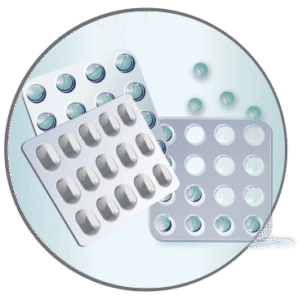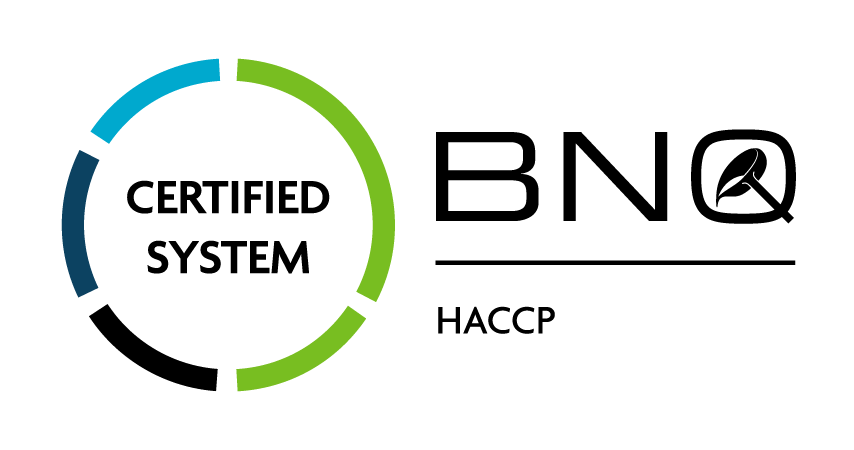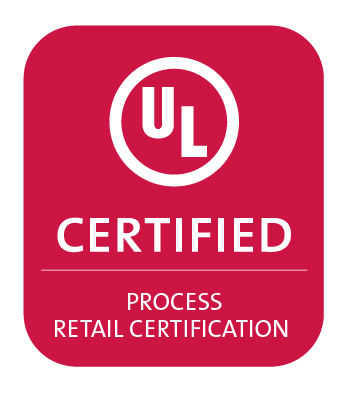
In the pharmaceutical industry, “Quality Metrics” can be defined as the measures used to assess the quality of drug manufacturing. Metrics are one way that an organization can provide assurance to customers, stakeholders, and regulatory authorities that their regulated products are not only safe and effective, but that they are also manufactured utilizing high-quality standards.
Quality metrics have been widely used in the pharma industry to monitor quality systems, operational processes, and to promote continuous improvement initiatives in drug manufacturing. However, the task of selecting the right metrics to incorporate has always been a bit of a challenge as quality can be subjective and hard to measure in a meaningful way.
When identifying the types of metrics to be used, and in order for metrics to be of true use, an organization should, for starters, 1) assign an authoritative owner to the metric 2) define their specific goals and anticipated outcomes, and 3) determine how often data will be acquired and reported. Doing so will aid in compiling the appropriate questions regarding the practices and procedures necessary to be modified or developed and how to measure the successes.

There are many different methods that have been used to measure quality in order to make major business decisions. A few common ones being:
• Performance metrics- measures to indicate whether an organization is progressing towards or meeting their stated goals
• Conformance metrics- measures to compare expected outcomes with actual outcomes
• Customer satisfaction metrics-measures to indicate the perceived/ ”real world” quality of a product
Conformance metrics are one of the widely common measures used in manufacturing. For example, a pharmaceutical manufacturing company’s conformance metrics can include the use of defect ratios, such as the number of defects per batch with a target maximum allowable defect rate in place. A more multifaceted defect ratio could also take into consideration maintenance, equipment needing repair, or new equipment/parts that were the cause of a defect. The inclusion of more complex defect ratios can be a great benefit to determine root causes and to identify solutions quickly. Again, it is recommended that a metrics owner should be assigned and should be one who has authority to act immediately on the resulting data.
Just as pharma organizations have endeavored to apply quality metrics to assess, ensure, and continuously improve the quality of their drug manufacturing for the greater good, the U.S. Food and Drug Administration (FDA) has formally re-enforced their fixed stance that quality metrics can be key to continuous improvement and consistent manufacturing of safe and effective products. The FDA has recently (as of July 2015) designed a “plan” to use specific quality metrics to help their agency further evaluate the quality of the facilities and processes that drug manufacturers use to make FDA-regulated products. This “plan” has been presented in the form of a “draft” Guidance for Industry document entitled “Request for Quality Metrics.” In the draft guidance, the FDA proposes to make a request of drug manufacturers to collect and submit to them specific quality metrics.

The document covers who will be required to report, what quality metrics the agency intends to calculate, what quality data would be reported, and how to report the collected data to the FDA.
The guidance document also discloses how the FDA intends to use the manufacturer’s submitted data in the following ways:
• to further develop their risk-based inspection scheduling
• to identify situations where there may be a risk for drug supply disruption
• to improve the efficacy and effectiveness of inspections
• to improve their evaluation of drug manufacturing and control operations
These established requests can aid both the agency and manufacturers. The FDA intends to gain useful information from the collected metrics, resulting in improved policies and practices regarding their inspection selection and decision-making. Subsequently, the prospective agency improvements may potentially decrease the number of inspections to low-risk manufacturing establishments (e.g. ones with robust quality standards in place) while setting in motion additional and strengthened efforts from facilities that are perhaps in need of quality improvements.

Although the task may not be simple, establishing and routinely utilizing the appropriate quality metrics is imperative, highly recommended and perhaps in the very near future, “required” for manufacturing establishments. To put it briefly, metrics can be the perfect tools to proactively put your organization on the path to more robust processes and systems while also providing an enlightening picture of successes and/or essential improvements to employees, customers, and regulatory authorities.
References:
FDA Draft Guidance: Request for Quality Metrics
http://www.fda.gov/downloads/Drugs/GuidanceComplianceRegulatoryInformation/Guidances/UCM455957.pdf
‘Quality Metrics’: FDA’s plan for a key set of measurements to help ensure manufacturers are producing quality medicine
http://blogs.fda.gov/fdavoice/index.php/2015/07/quality-metrics-fdas-plan-for-a-key-set-of-measurements-to-help-ensure-manufacturers-are-producing-quality-medications/
‘Driven by Metrics’
http://asq.org/quality-progress/2008/09/metrics/driven-by-metrics.html
Article by: CHERYL ABERNATHY






